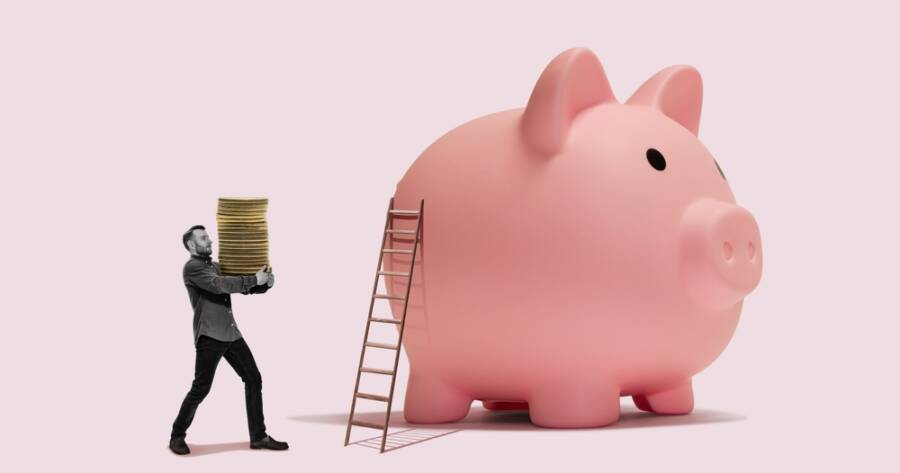Saving often feels like something to do after everything else is paid. The pay-yourself-first method flips that mindset by putting saving at the top of the financial to-do list. Instead of treating savings as leftover money, it becomes the first “bill” paid every month. This approach shifts focus from reacting to financial circumstances to actively shaping them. Over time, paying yourself first builds discipline, confidence, and lasting financial independence.
What It Means to Pay Yourself First
The pay-yourself-first method prioritizes saving before any other expense. When a paycheck arrives, a portion is immediately directed to savings or investments—before rent, bills, or entertainment spending. This ensures that saving becomes automatic, not optional. It treats personal wealth-building as a non-negotiable financial obligation rather than an afterthought.
The concept is simple but powerful: by taking care of your future self first, you naturally adjust your lifestyle around what remains. This reduces the temptation to overspend while building consistent savings habits. Over time, the discipline becomes second nature. It’s not about depriving yourself—it’s about creating a stable foundation that supports both present comfort and future security.
Why It Works So Effectively
Traditional budgeting often leaves saving for last, making it easy to skip when expenses pile up. Paying yourself first reverses that order, aligning behavior with long-term goals. It works because it removes willpower from the equation; the habit happens automatically before spending decisions are made. That structure builds momentum faster than trying to “catch up” later in the month.
This approach also taps into positive psychology. Seeing consistent savings growth provides motivation and a sense of achievement. Instead of feeling restricted, you feel in control. That mindset shift—from scarcity to empowerment—makes saving something to look forward to, rather than something to dread or delay.
Setting Up Automatic Savings
Automation is the secret ingredient that makes this method successful. By scheduling automatic transfers to a savings or investment account right after payday, the process becomes effortless. The key is to treat it like a fixed expense—just as important as rent or utilities. Even small recurring amounts add up significantly over time when saved consistently.
Many banks and apps allow multiple savings goals or “buckets,” making it easy to divide money for emergencies, vacations, or long-term investments. Once the system runs on autopilot, the mental burden of remembering to save disappears. You’re not fighting daily temptations or relying on self-control; your future self gets paid without you having to think about it.
How Much to Save Each Month
There’s no universal number that fits everyone, but a good starting point is setting aside 10–20% of after-tax income. The percentage can grow as financial confidence increases. Even starting with 5% is valuable if it’s consistent. The real focus should be on building the habit before increasing the amount. Momentum matters more than perfection.
If income fluctuates, aim for a fixed dollar amount instead of a percentage. Having flexibility keeps the system sustainable. Over time, as debt decreases or earnings grow, more can be directed to savings or investments. Paying yourself first is about progress, not pressure, and every step forward contributes to long-term peace of mind.
Overcoming Common Challenges
Many people hesitate to pay themselves first because they worry there won’t be enough left for bills or daily expenses. That concern is valid—but it often reveals overspending patterns rather than genuine shortfalls. The key is to start small and make gradual adjustments. Even $50 per paycheck can make a meaningful difference when done consistently.
If unexpected costs arise, use the budget’s flexible categories rather than abandoning savings altogether. It’s better to temporarily reduce the amount than to skip it entirely. Building resilience means expecting fluctuations and adjusting rather than quitting. Over time, the routine becomes easier as spending naturally aligns with the new priorities.
Building Wealth Through Routine
Financial growth rarely happens overnight—it’s built through steady, repeated actions. Paying yourself first transforms saving from an occasional effort into an unshakable habit. It creates momentum that compounds over time, leading to confidence, stability, and a sense of control over your future. By treating your savings as a monthly promise to yourself, you turn intention into reality—one paycheck at a time.

